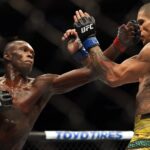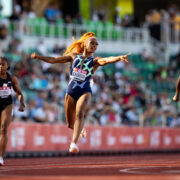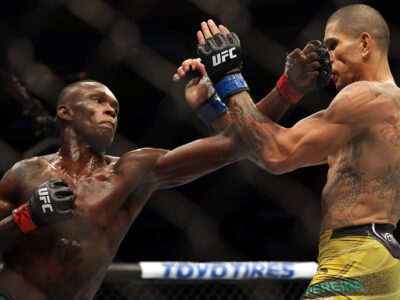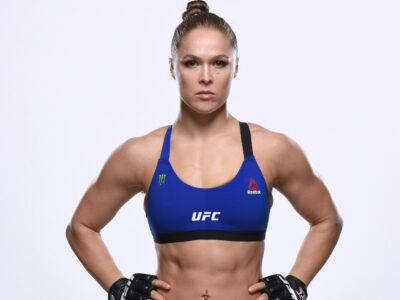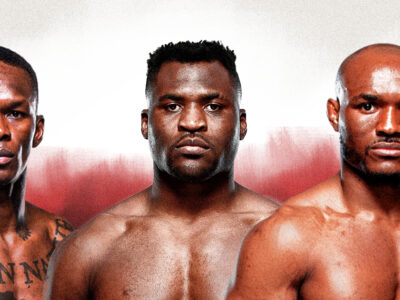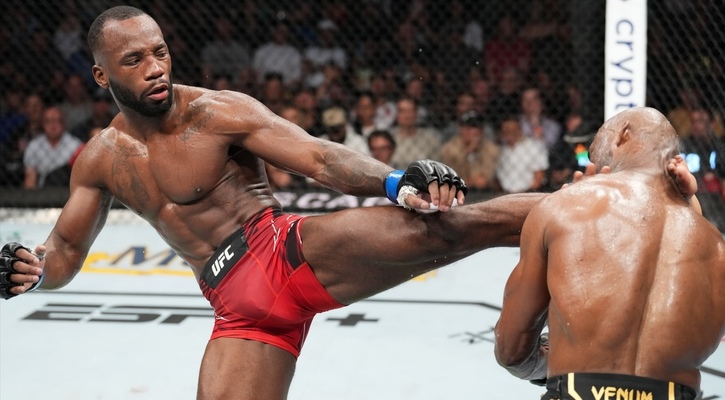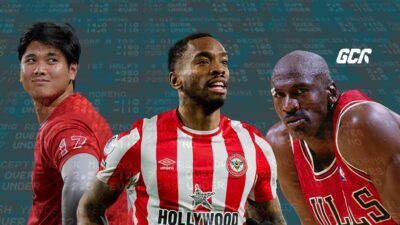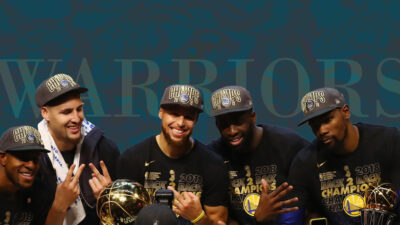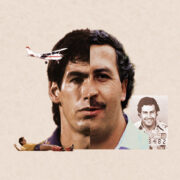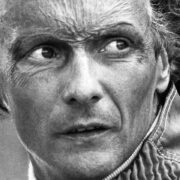Friday night. Traffic buzz. Flowing drinks.
A young man wearing a UFC Crypto.com shirt is struggling to keep the attention of a small female friend group waiting in line. He is talking passionately about something called “basically the UFC of Africa.”
Hallowed Champions League nights in famous football cathedrals, local derbies ruined by intoxicated referees, drift races that end in mass brawls, I’ve seen it all in the world of sports.
But nothing compares to the buzz of fight night—the primal feeling of watching two individuals in a cage come close to killing or maiming each other as the crowd cheers every punch, every slam.
The epicenter of the frenzy is Elegushi. The destination is Monarch Event Center. The event is the 6th installation of the AKO Show.
What is the AKO Show?
The AKO (African Knockout) Show is a series of MMA events featuring fighters from across the continent (at least 14 countries). So far, all six events have taken place in Nigerian cities—Lagos and Abuja.
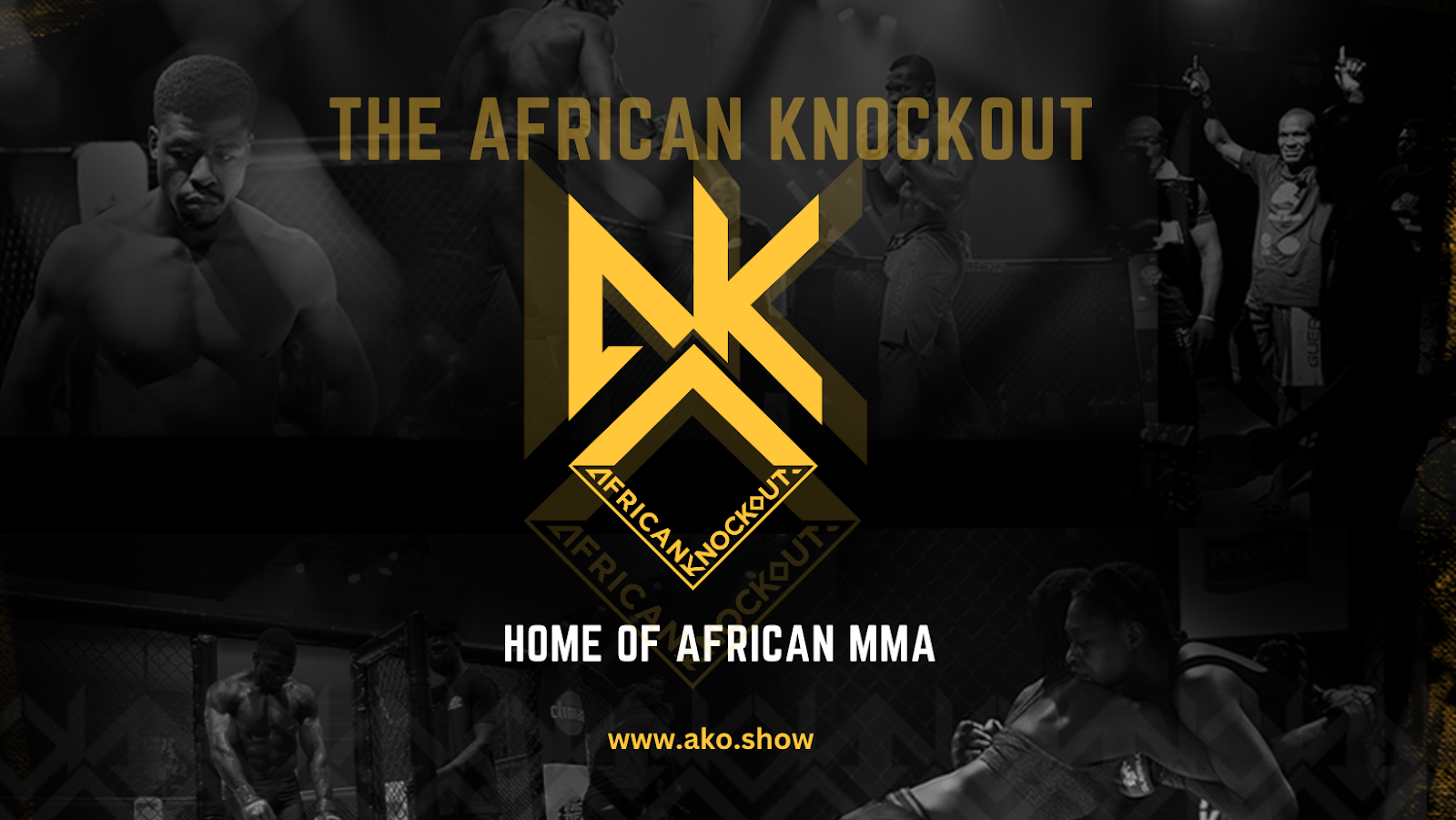
AKO came across my radar when my friend showed a promo video from Kamaru Usman—the first of the three African kings of the UFC—describing his vision of growing MMA in Africa.
Alongside co-founders Rayan Fayad and Natalia Belousova, Kamaru Usman has made strides in bringing home the MMA scene.
Similar to Khabib’s Eagles MMA, AKO provides a pathway for amateur African fighters to take the leap into highly reputable regional organizations such as the EFC (Extreme Fighting Championship) and world-class organizations such as the UFC.
With that knowledge, I booked my ticket, hoping to experience a decent expression of martial arts.
Tickets for the AKO Show
The tickets are relatively affordable for 9 exciting mid-level fights.
However, you’d need to monitor the company’s social media accounts to know when tickets go on sale.
The event I went to (AKO 6) had three ticket tiers: cage side, superfan cage side, and VIP.
If you want to enjoy the fights close to the ring, don’t get the VIP.
Press Conference Production
Press conferences for the AKO Show take place on the eve of the fight. At these press conferences, fans and journalists get a closer glimpse of the fighters and learn about their game plans.
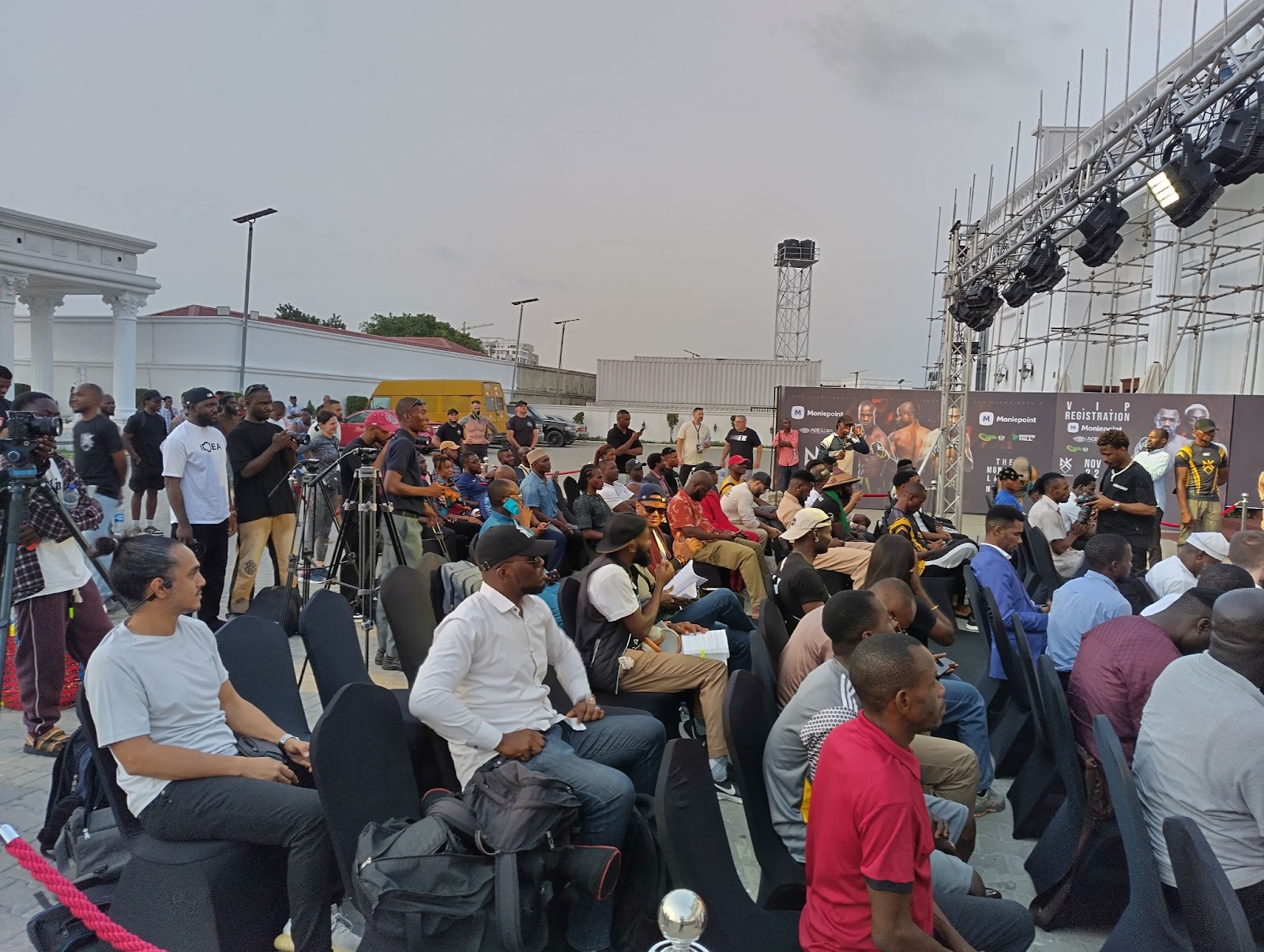
Forget about all the fanfare of the UFC and the chanting crowds; the AKO press conference brings a different flavor and intimacy.
The setting is just outside the event hall since the cage and production team are already set up for the main card.
So, the noise from the traffic and the howling wind adds to the atmosphere.
Fighters sit with their backs to the crowd and would have to stand, turn, and grab a mic when a journalist asks a question.
In my opinion, a designated high table for all the fighters would have solved this mild inconvenience. It could also help first-time viewers differentiate the fighters from their trainers and teammates.
That said, coming in close contact with some of the fighters shed more light on the toll of repeating the same rehearsed lines to the journalists. It felt like watching people power through that part of the job everybody hates doing.
After weeks of traveling and hard sessions in camp, the last thing on the mind would be to talk about the fight preparation and what to expect on fight night.
In a private conversation with Faout Youssef, his eyes lit up from being asked about Raja Casablanca.
I saw the same sparkle as Israël Mano explained the cultural significance of his chapeau de Saponé.
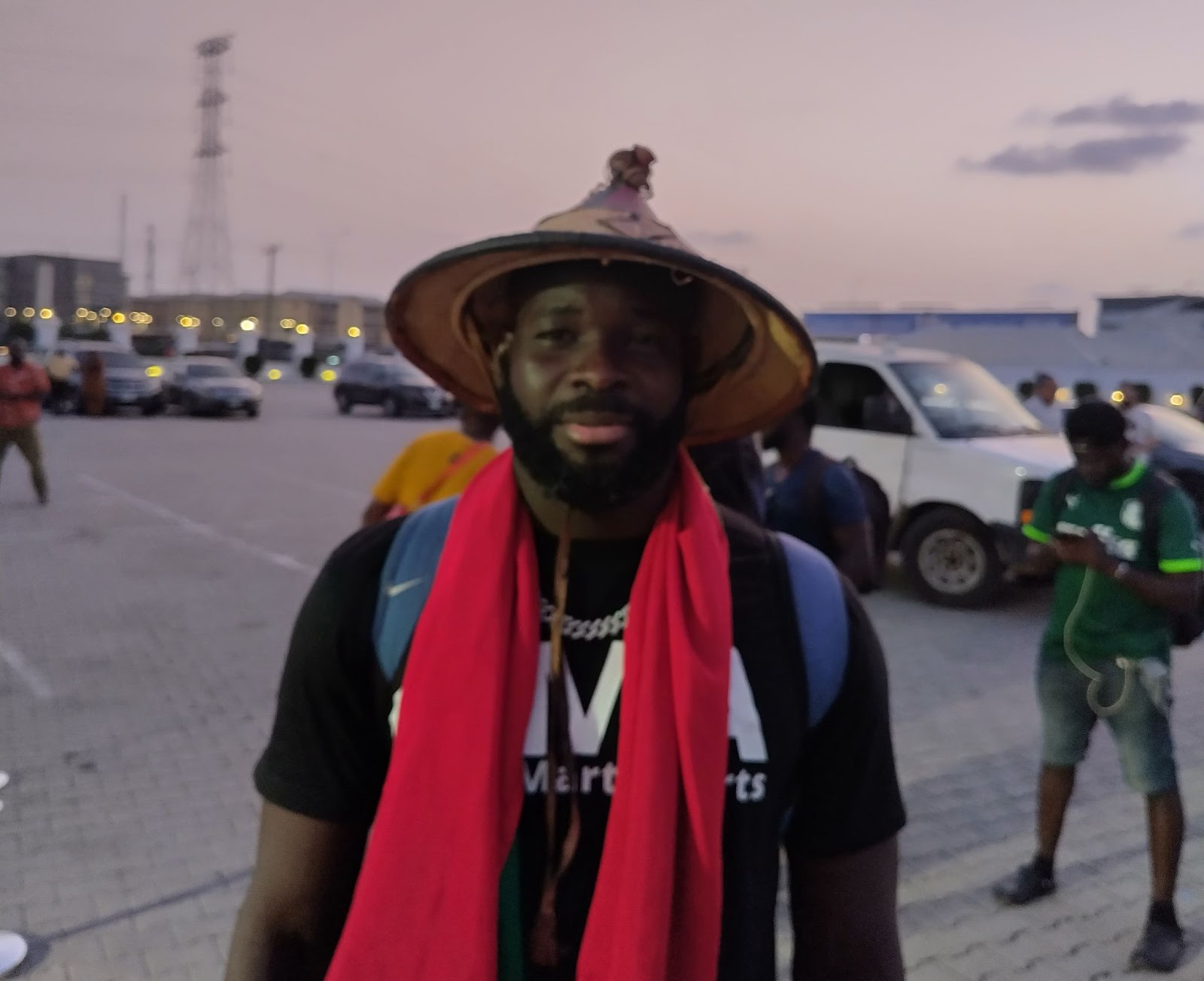
Thankfully for the audience, the organizers were to bridge the language barrier with translators for non-English speaking fighters.
Unfortunately, some fighters on the roster never got any attention from the crowd. The journalists ignored them.
The Fight Night Experience
I arrived at the arena early to get the best seats in the house, right behind the production team.
Every thud of a jab and the crack of a body kick made every penny spent on the cage-side tickets worth it.
Grapplers ruled the night.
A first-round guillotine choke kicked off the card in grand style. More submissions followed, including Sanaa’s nasty armbar finish.
Chad Hanekom’s striking looked so crisp. Safe to say his experience fighting in the EFC and DWCS paid off. His ability to mix grappling and striking earned him a rear-naked choke.
Youssef and Mukissi delivered a fight of the night performance, with bloodied Youssef rallying in the third and final round to snatch a narrow victory.
The main event was a mismatch. Even though Ayana looked decent and masterfully escaped multiple dire situations, Mulumba was just in a different class—a different weight class.
Beyond the cage, the crowd jazzed up the event with their vociferous support and reactions.
Shows like AKO attract try-hards whose lack of self-awareness ruins the experience for the people sitting beside them.
That one guy in a Crypto.com shirt kept yelling instructions for 3 rounds straight—Ray Longo from Temu.
At the same time, the AKO crowd is casual-friendly. I was surprised to see a lot of women casually enjoying the fights and cheering anyone with a Nigerian flag next to their name.
In typical fight-fan fashion, grappling exchanges were met with jeers, groans, and occasional screams of “Try to stand up, guy!”.
Never change, fight fans.
Fight Production
Expectations for a niche event always come in a mixed bag. But you get a glimpse into the level of production from the way organizers handle ticketing.
For small events, it is common to adopt an open ticketing strategy. Early arrivals get the best seats in their designated section.
There were no jumbotrons in the arena, so you had to watch instant replays and fighter walkouts from across the cage. I had to turn back to the screen to watch highlights between rounds.
Although the commentary could not be heard in the arena, I trust the trio of Funky, Victor, and Oche to have enough combat sports knowledge to provide contextual analysis for online viewers in real time.
And yes, after listening to African Knockout by M.I. Abaga for the 68th time in one night, I could do without hearing his voice for some time.
Oh, and fans could use the standby buffet for a quick chow between fights.
AKO Show Rankings and Format
The AKO rankings are based on 5 weight classes. Each weight class has a table for tracking wins and points.
At the end of the elimination round, the winners go into the next playoff round until the final, where they get to compete for the belt and grand prize.
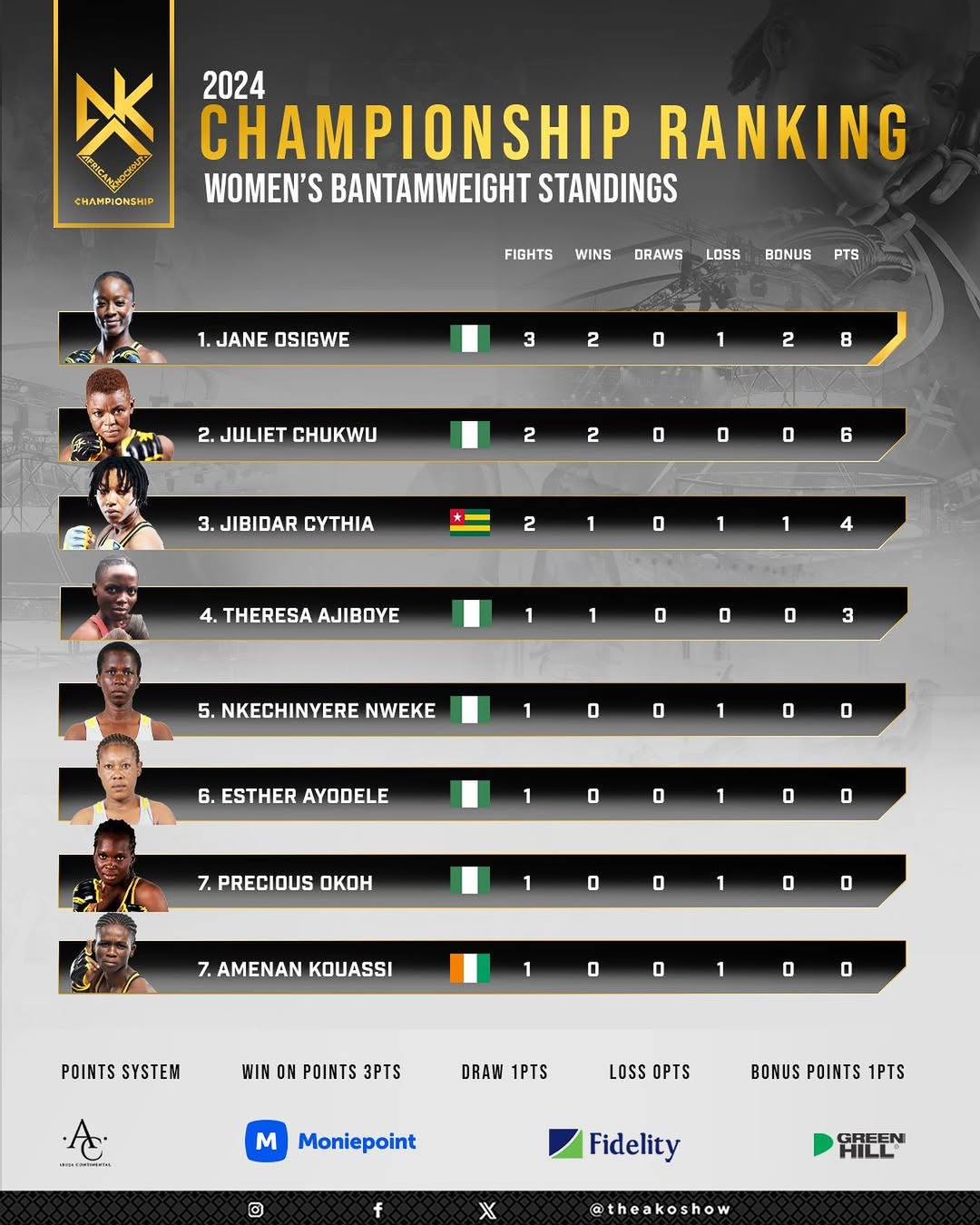
The rankings are fluid because new fighters could get stuck in the middle of the table after just one fight.
Also, everybody doesn’t have to fight everybody, but they only stay within their designated weight classes.
Is the AKO Show a Pathway to the UFC?
Josias Musasa, a Congolese alumni of the AKO Show, recently landed a UFC contract through Dana White’s Contender Series.
Judging by their performance on fight night, prospects like Chad Hanekom, Yahaya Yahuza, and Ananias Mulumba look ready to take the next step in a continental promotion.
With the current influx of talent from around the continent, expect to see more fighters springboarding from AKO into the UFC, Cage Warriors, Bellator, and other elite fighting promotions.
Overall Impressions
I had low expectations for AKO Show 6; the organizers exceeded them by miles.
As a small regional production, the quality of competition is quite impressive. Most of the fighters were well-rounded.
After the event, fans had the opportunity to take pictures and interact with the fighters. Friends and family members also kicked it briefly with both the winners and losers of the day.
Close to the exit, I see the Crypto.com guy one more time. No more fight talk; he is exchanging contact information with one of the ladies he was lecturing earlier.
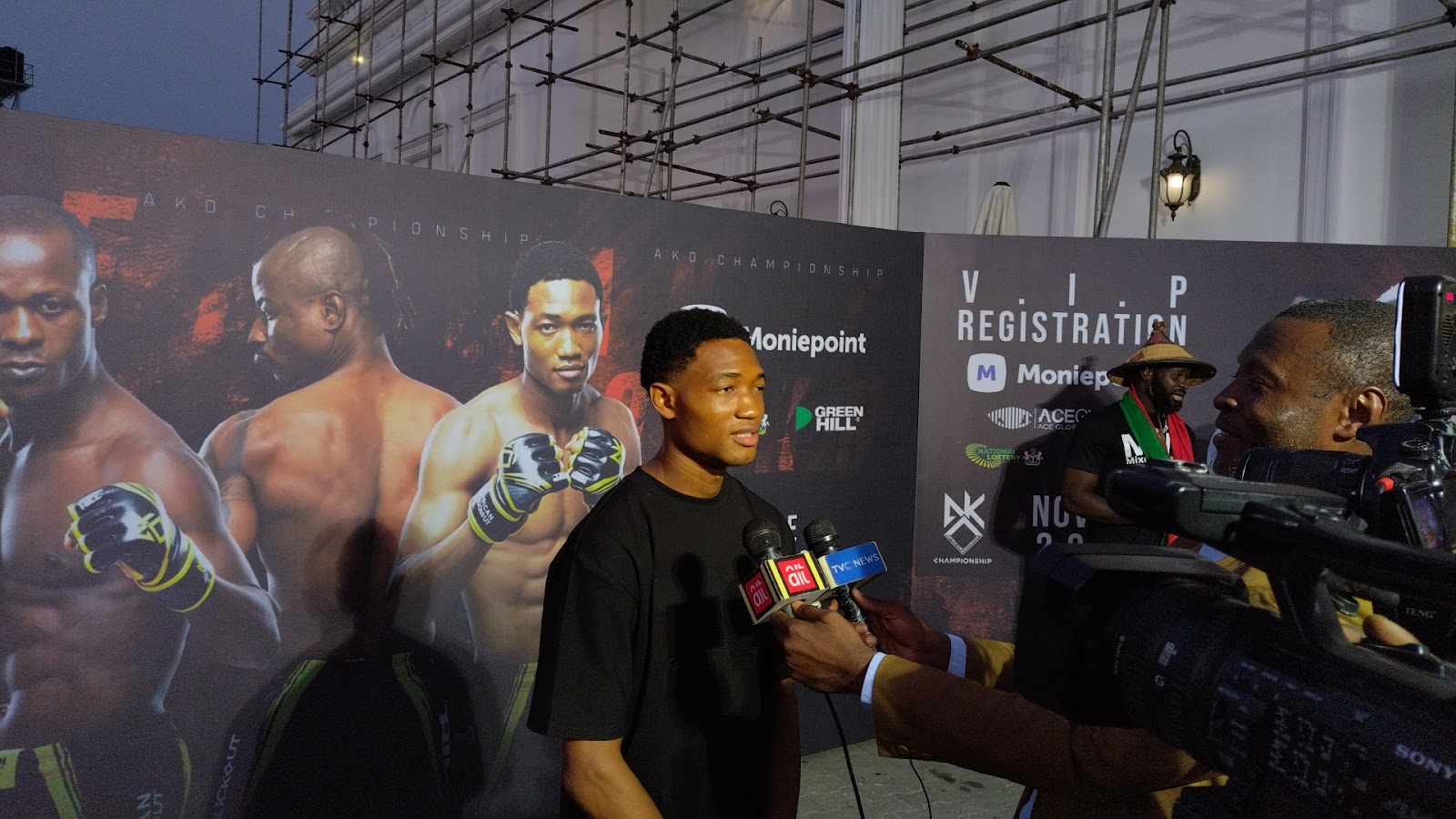
During a brief chat with Venatius Iyinagolu, I learned that he couldn’t go for the finish because of an injury in camp. This made sense because he had Mano on the ropes but inexplicably stepped off the gas.
For those fighting far away from home, that blanket of comfort was nowhere to be found.
Mano’s 0-3 record stung heavier when no one approached him to take pictures as he gingerly strutted towards the fighter’s bus. He still rocked his chapeau.
On my way to the car park, I caught a glimpse of the main event loser sitting at the back of the fighters’ bus, facing the ceiling, eyes closed. His grimacing face was obscured by the hood of his crimson sweater.
He looked in deep pain, not just from the welts on his face but also from the crushing weight of a humiliating defeat in front of the home crowd.
There was no point talking to them—time to head home.
My phone pings: Kendrick Lamar just dropped GNX.
Who wrote this?
Ugo is a sports enthusiast with an undying love for underdog stories.

